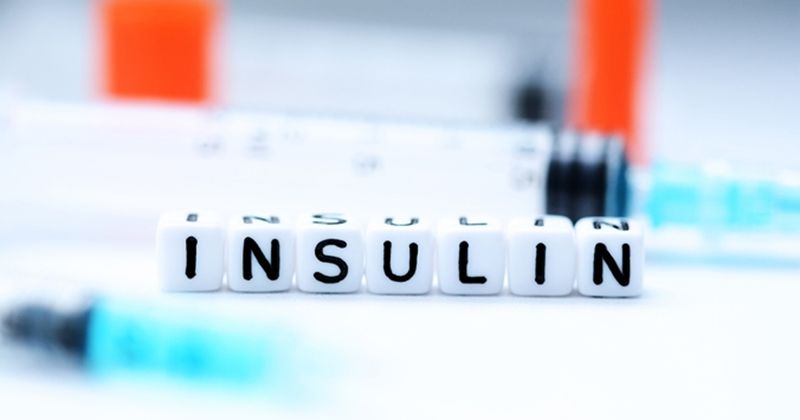Novel insulin sensor under development for point-of-care testing, insulin-delivery devices
A wearable microneedle, multifluidic insulin-sensing device may one day allow closed-loop insulin-delivery systems to directly test insulin levels, which in turn might help increase time in range for people with type 1 diabetes.
“Up to this point in time, there has been no way to commercially measure insulin in real time,” Kelilah Wolkowicz, PhD, a postdoctoral fellow at Harvard John A. Paulson School of Engineering and Applied Sciences, said during a presentation at the virtual American Diabetes Association Scientific Sessions. “While there are techniques to perform laboratory-based insulin measurements, there is a lack of ability to obtain these measurements within a home environment, such as through point-of-care devices. ... From a control perspective, our regulated variable is glucose, and while we can estimate the relationship between glucose and insulin, we still do not have a method of measuring insulin.”

Wolkowicz presented results of a small validation study of the immunosensor. After an 8-hour overnight fast and no correction insulin boluses for 6 hours, four adults with type 1 diabetes (mean age, 43 years; 75% men) who used an insulin pump and a Dexcom G6 continuous glucose monitor received insulin lispro or insulin aspart by injection before breakfast. Researchers collected baseline finger-stick and venous blood samples for determining glucose and insulin levels before breakfast and at 1, 2 and 4 hours after baseline. The samples were immediately sent for analysis to a central laboratory at Joslin Diabetes Center, Wolkowicz said. At each time point, the changes in insulin level from baseline determined by the immunosensor in real time were compared with enzyme-linked immunosorbent assay (ELISA) values determined at the central lab.
The mean absolute relative difference between immunosensor and ELISA values was 16% at 1 hour, 8% at 2 hours and 18% at 4 hours, according to Wolkowicz.

“Similar temporal trends were obtained by both methods, with insulin levels rising after the injection of insulin and subsequently falling over time,” she said. “For participants one through four, the majority of insulin concentration data estimated using the sensor matched closely to the values obtained by the ELISA methodology.”
The values for two other study participants diverged more widely, Wolkowicz said.
Researchers were able to obtain insulin levels with the immunosensor within 30 minutes compared with an hour for the venous blood samples, Wolkowicz noted.
“Our results indicate the potential of the insulin microchip sensor for the quantitative determination of free insulin in serum samples,” Wolkowicz said. “Future efforts will aim at the large-scale validation of the insulin immunosensor as an analytical tool for monitoring the variation of this biomarker after food intake as well as the study of the effect of physical exercise on insulin variation patterns in individuals with diabetes. These efforts will ultimately enable us to implement insulin measurements within closed-loop automated insulin delivery systems for enhanced diabetes management.”

